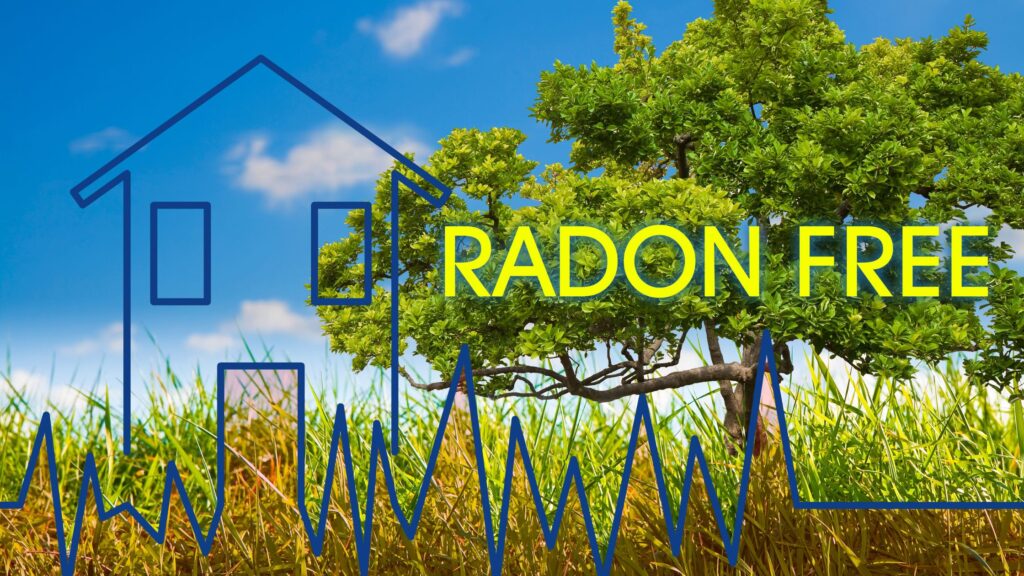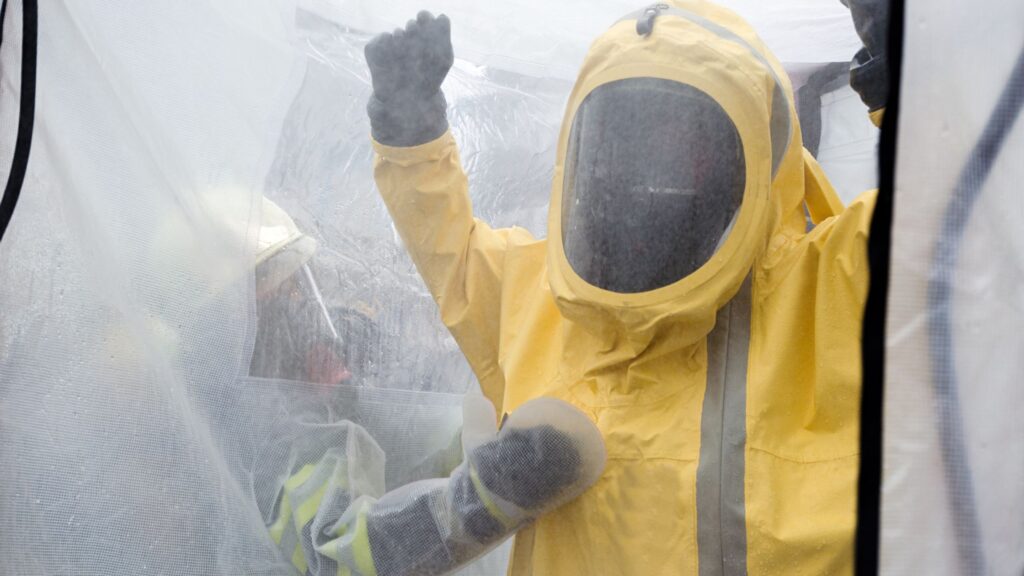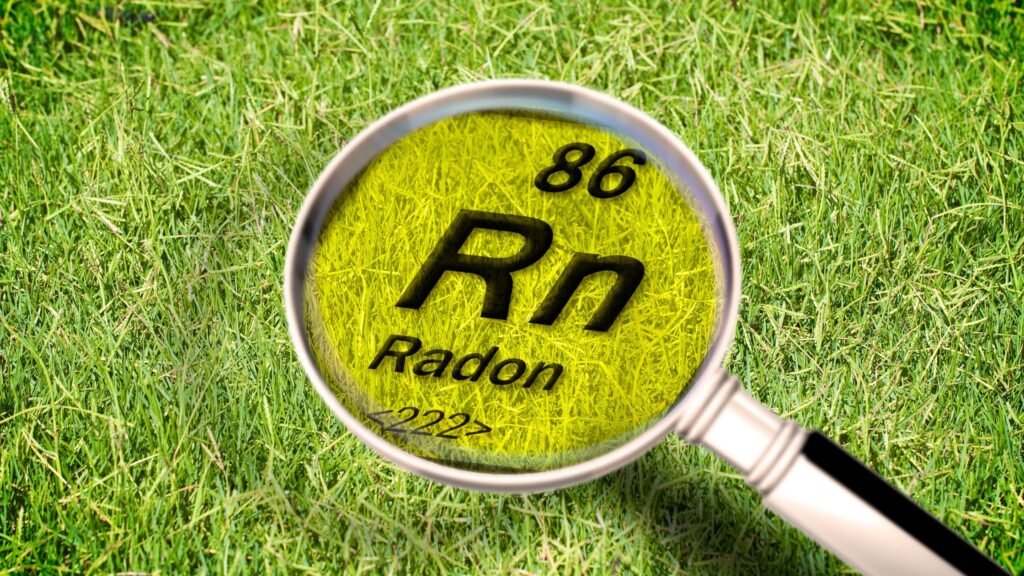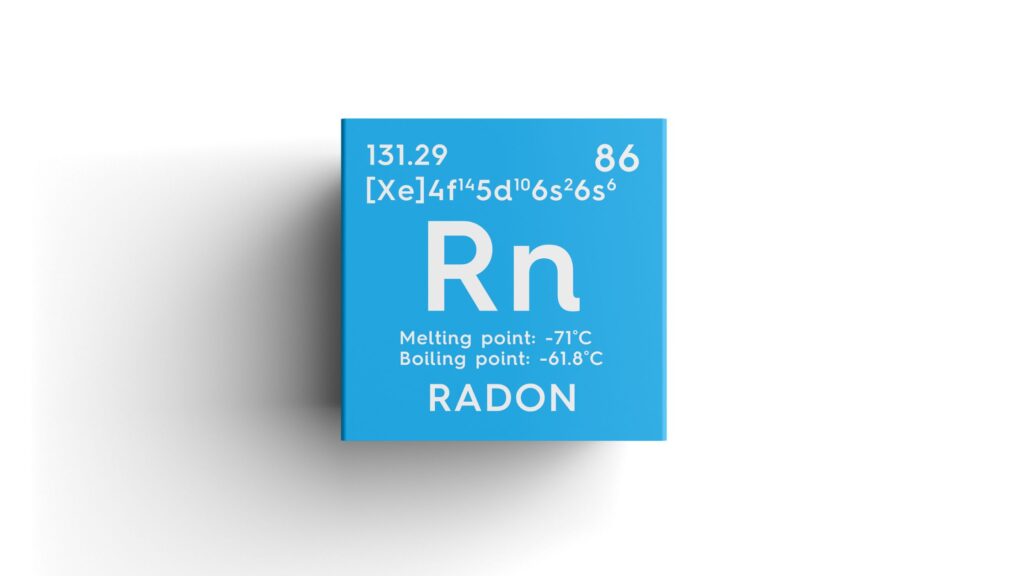Radon is a silent, dangerous gas that poses serious health risks, making mitigation a crucial step for homeowners. Understanding the costs of radon abatement can help you make informed decisions to safeguard your family. This guide breaks down the factors influencing radon mitigation costs and provides essential insights.

What Is Radon Abatement and Why Is It Important?
Radon abatement refers to the process of reducing or eliminating radon levels in a home or building. If radon levels exceed 4.0 picocuries per liter, the U.S. The Environmental Protection Agency recommends taking immediate action to mitigate the risk. While radon exposure can’t be seen or smelled, it is the second leading cause of lung cancer in the United States, making mitigation essential for ensuring long-term health and safety.
Radon is a radioactive gas that naturally forms and can enter homes through cracks and openings in the foundation. Without proper detection and mitigation, prolonged exposure to high radon levels significantly increases the risk of developing lung cancer.
Understanding What Affects Radon Abatement Pricing
The cost of radon mitigation varies depending on several key factors:
1. Home Size and Layout
Home size significantly affects radon mitigation costs. Larger homes with multiple levels may need more extensive systems, increasing overall expenses. Additionally, the layout and number of rooms can complicate installation.
2. Foundation Type
The type of foundation impacts the mitigation method and cost. Homes with basements or crawl spaces require different systems than those with slab foundations, which may need specific modifications during installation, affecting both the method and overall cost.
3. Radon Levels
Homes with higher radon levels need more powerful or multiple mitigation systems to effectively lower radon concentrations. The stronger the radon presence, the greater the capacity required for the system, which can lead to additional equipment and increased installation costs.
4. System Design and Installation Complexity
The complexity of the mitigation system depends on your home’s design and radon levels. Homes with unique structures may need custom solutions, which require more time and materials, resulting in higher costs.
5. Geographical Location
Local factors like labor rates, building codes, and permits can impact radon mitigation costs. Regions with higher radon levels may need advanced equipment or extra procedures, affecting pricing.
Radon mitigation costs vary by home size, foundation type, and location. Consulting professionals ensures effective solutions for safety. Learn more about Radon Mitigation Cost.

Professional Radon Mitigation: Why It’s Essential
Choosing a certified professional for radon mitigation ensures proper installation and long-term efficiency. Here’s why:
- Certified Professional Expertise: Professionals design and install the system for optimal safety and effectiveness.
- Tailored Assessment: They evaluate your home’s needs to install the right system..
- Compliance with Safety Protocols: Professionals follow all necessary safety regulations.
- Efficient Operation: A well-installed system requires less maintenance and minimizes costly repairs.
Opting for a certified professional ensures a reliable, efficient radon mitigation system for lasting peace of mind.
Types of Radon Mitigation Systems
Several methods can be employed to mitigate radon, each with its associated costs and installation requirements:
A) Sub-Slab Depressurization
This method involves drilling a hole in the foundation slab to insert a pipe that draws radon gas out. A fan helps push the gas outside, making it ideal for homes with basements and concrete slabs.
B) Drainage System Depressurization
In homes with a drainage system, this method uses existing pipes to vent radon gas. It’s a cost-effective solution, though not suitable for all homes, especially those without drainage systems.
C) Crawl Space Ventilation
For homes with crawl spaces, installing a ventilation system increases airflow, reducing radon levels. It’s affordable but may not be effective for homes with high radon concentrations.
D) Sealing Cracks and Openings
Sealing cracks in the foundation prevents radon infiltration. While not enough on its own, sealing enhances the effectiveness of other mitigation methods.
Choosing the right radon mitigation system depends on your home’s specific needs. Each method offers distinct advantages, and consulting a professional ensures the most effective solution for your safety and peace of mind.
Cost-Saving Tips for Radon Mitigation
Homeowners can lower radon mitigation costs with a few strategies. Here are some tips to make it more affordable while ensuring effectiveness.
- Get Multiple Estimates: Obtain quotes from certified professionals to find the best value and competitive pricing.
- Consider Bundling Services: Bundle radon testing with mitigation for potential discounts.
- Seal Entry Points: Seal foundation cracks to improve efficiency and lower mitigation costs.
- Explore Financing Options: Look into financing programs for affordable, low-interest loans.
Cost-saving measures can make radon mitigation more affordable while ensuring safety and quality. Explore options to find the best fit for your home and budget.

Conclusion
Radon mitigation is a vital investment for your home’s health and safety. While costs vary, they are small compared to the health risks of prolonged radon exposure. Choosing a professional service ensures your system is tailored to your home’s needs, providing long-term peace of mind. DSM Radon offers reliable, affordable radon mitigation solutions to keep your home safe.
Frequently Asked Questions
1. How do I know if my home has high radon levels?
The only way to determine your home’s radon levels is by testing. You can use a radon test kit or hire a professional to conduct the test for more accurate results.
2. Can I install a radon mitigation system myself?
While it’s possible to install a system yourself, professional installation is recommended to ensure effectiveness and compliance with local regulations.
3. Does radon mitigation increase the value of my home?
Yes, many homebuyers appreciate homes that have radon mitigation systems already installed, as it demonstrates the seller’s commitment to health and safety.
4. How often should I have my radon system serviced?
It’s advisable to have your system serviced annually to ensure it is functioning properly and continues to maintain safe radon levels in your home.





